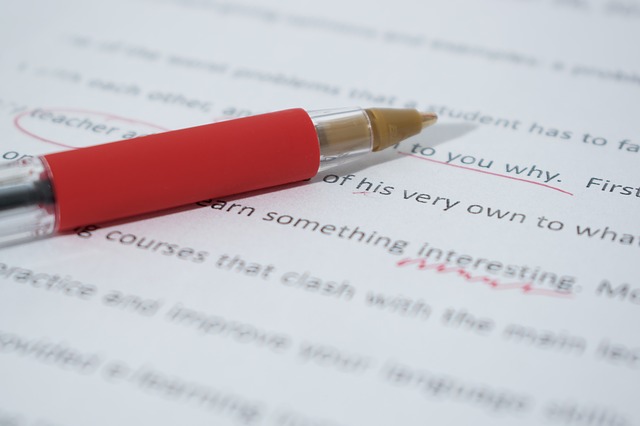The Complete Guide to Copy Editing will teach you the basics of hiring a professional copy editor and spot common mistakes and symbol misuse. There are four principles of copyediting that you should follow: avoid lousy grammar, double negatives, overused metaphors, sentence fragments, and misused words. For example, a copy editor should never place a comma between the predicate and the subject and avoid colloquial language, including “stuffy” and “shallow” – “wet” is an extreme example of this.
Principles of copyediting
The principles of copyediting include making changes without changing the author’s intended meaning. In the 21st century, countless electronic resources assist with the editing process. In addition to fact-checking, copyeditors are increasingly required to enforce house style. It is up to the copyeditor to improve the grammar and clarity of poorly written manuscripts while adhering to the principles of copyediting.
In a 49-minute video presentation, Jessica LaPointe, managing copyeditor of the American Meteorological Society, explains the principle of copyediting. She gives humorous examples of how clarity is crucial and how it can be dangerous, depending on the content. Moreover, copyeditors are tasked with salvaging manuscripts’ integrity and credibility. Therefore, copyediting is more critical than ever.
Requirements for hiring a copyeditor
There are several requirements for copy editors, including the ability to write well, logical reasoning, and attention to detail. Copy editors also ensure that the content matches the publication style they are working on. If you’re interested in hiring a copy editor, read for more information. These requirements may be more stringent than they sound, but they’ll help you find the right person for your project.
A Copy Editor’s salary depends on experience, publication type, and education. While copy editors don’t necessarily need a degree, they should have a firm grasp of the English language and a keen eye. Copy editors should also have a bachelor’s degree, although some employers prefer those with experience in other media. They should also be able to work well independently.
Common mistakes made by copyeditors
One of the most common mistakes made by copyeditors is the failure to change the tense. For example, text can be in the present, the past, or the future. Unless the tense is adjusted correctly, the reader may sound okay within its context but appear inconsistent when combined.
When proofreading and editing your work, always remember to check for factual errors. Even if your content is a masterpiece, it will not hold up to scrutiny if it does not pass a fact check. Another common mistake copyeditors make is not including captions on images and illustrations. Sometimes, a writer will type something incorrectly and not realize that they have done so. It is better to seek clarification of a mistake than to let it appear on a website.
Common symbols used by copyeditors
Some writers will panic when they receive notes from their editors. You may notice copyeditors scrawl strange symbols above typed lines or in the margins. These symbols don’t have arcane meanings – they mean different things in each case. Here is a list of some familiar characters used by copyeditors. Use them wisely! You may not have noticed them before, but they’re not arcane.
Proofreading marks are symbols used to mark errors in a document. Although spellcheckers and grammar checkers are available, proofreading marks still add value to the final copy. Even though many authors write by hand, many copyeditors use proofreading marks to highlight grammatical errors, spelling mistakes, and vocabulary issues. Proofreading marks are often left on both sides of a document. Therefore, proofreading marks are essential in the proofreading process.









